When Oscar Schofield joined the Long Term Ecological Research project in 2008, he integrated glider robot operations into the project’s ocean sampling procedure. Oscar realized that glider robots could collect a thousands times more physical data than traditional approaches using a science vessel. The gliders Oscar uses for LTER science measure temperature, salinity and depth as they move up and down through the water column. When additional sensors are added to the robots, they can also measure currents. They can also measure the concentration and health of ocean’s small plants called phytoplankton.
Rutgers graduate students Ana Filipa Carvalho and Nicole Couto worked at Palmer Station in the West Antarctic Peninsula for the past four months deploying glider robots from small rubber boats call zodiacs. The robots were then navigated by Rutgers engineer Dave Aragon from the Institute for Marine and Coastal Sciences on the Cook campus.
“We are really lucky to learn cutting edge science in such an amazing place” – Filipa

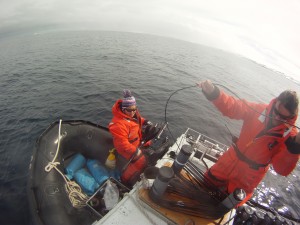
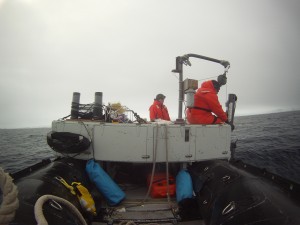
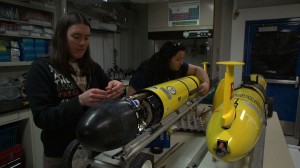
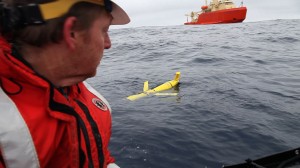
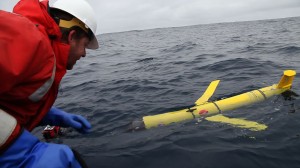
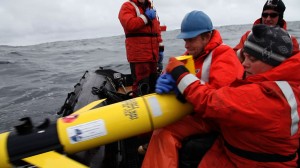
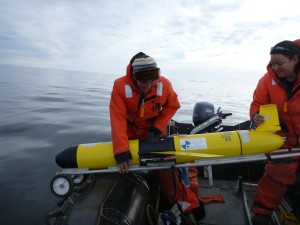



 Follow the
Follow the  Subscribe to the blog RSS feed
Subscribe to the blog RSS feed